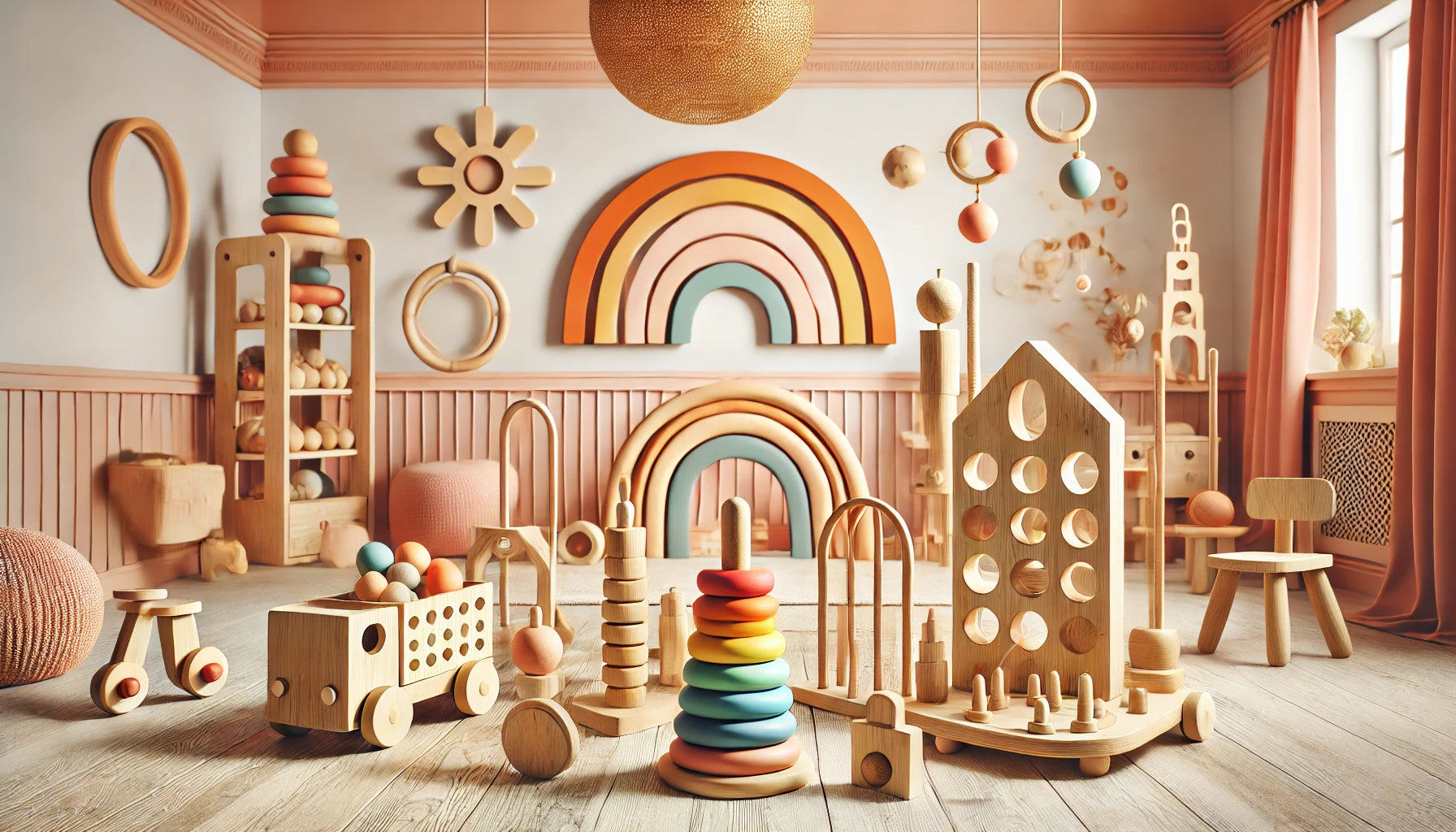
What if the secret to learning wasn’t just in books, but also in play?
Welcome to Paradise Playbox – Where Play Nurtures Potential ⭐⭐⭐⭐⭐ - Over 100 Happy Parents.
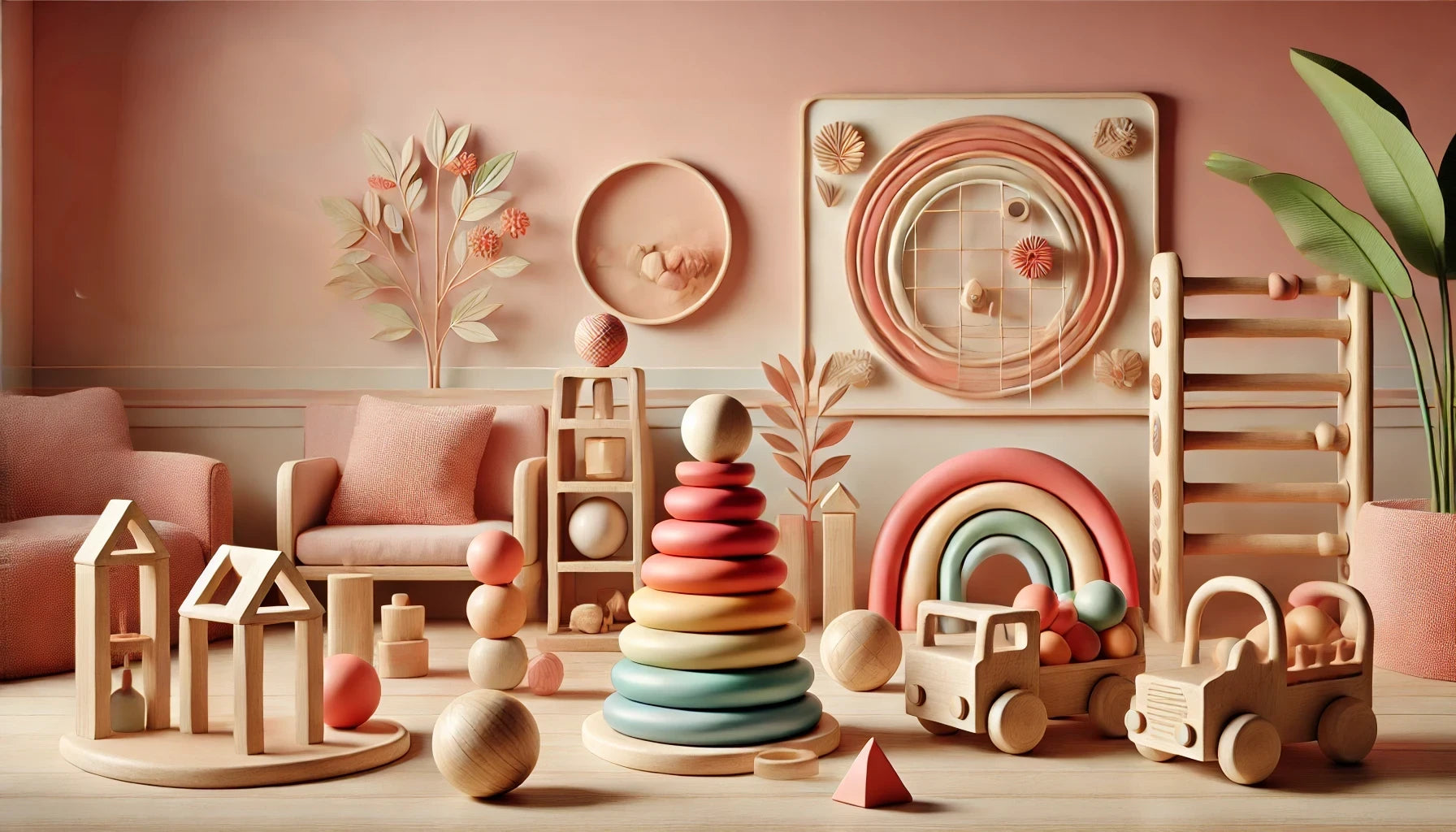
At Playbox Paradise, we believe in learning through play.
Inspired by Montessori, our curated toys spark curiosity, creativity, and independence, fostering hands-on learning and a love for discovery.

Discover the joy of purposeful play with Paradise Playbox.
Because every moment of play is a step toward a brighter future.
Playbox Paradise
Wooden Clip Beads Game Puzzle Board
Share
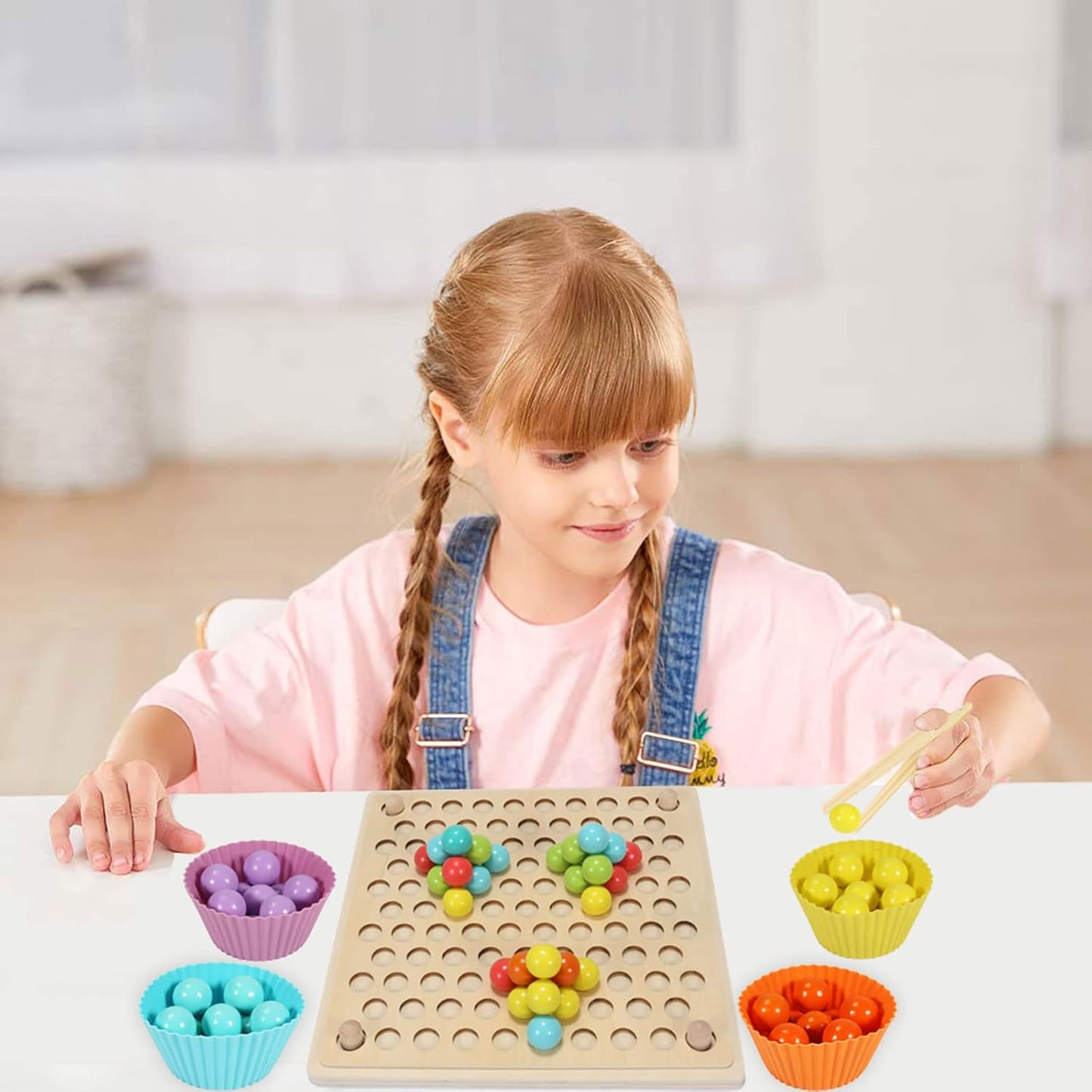
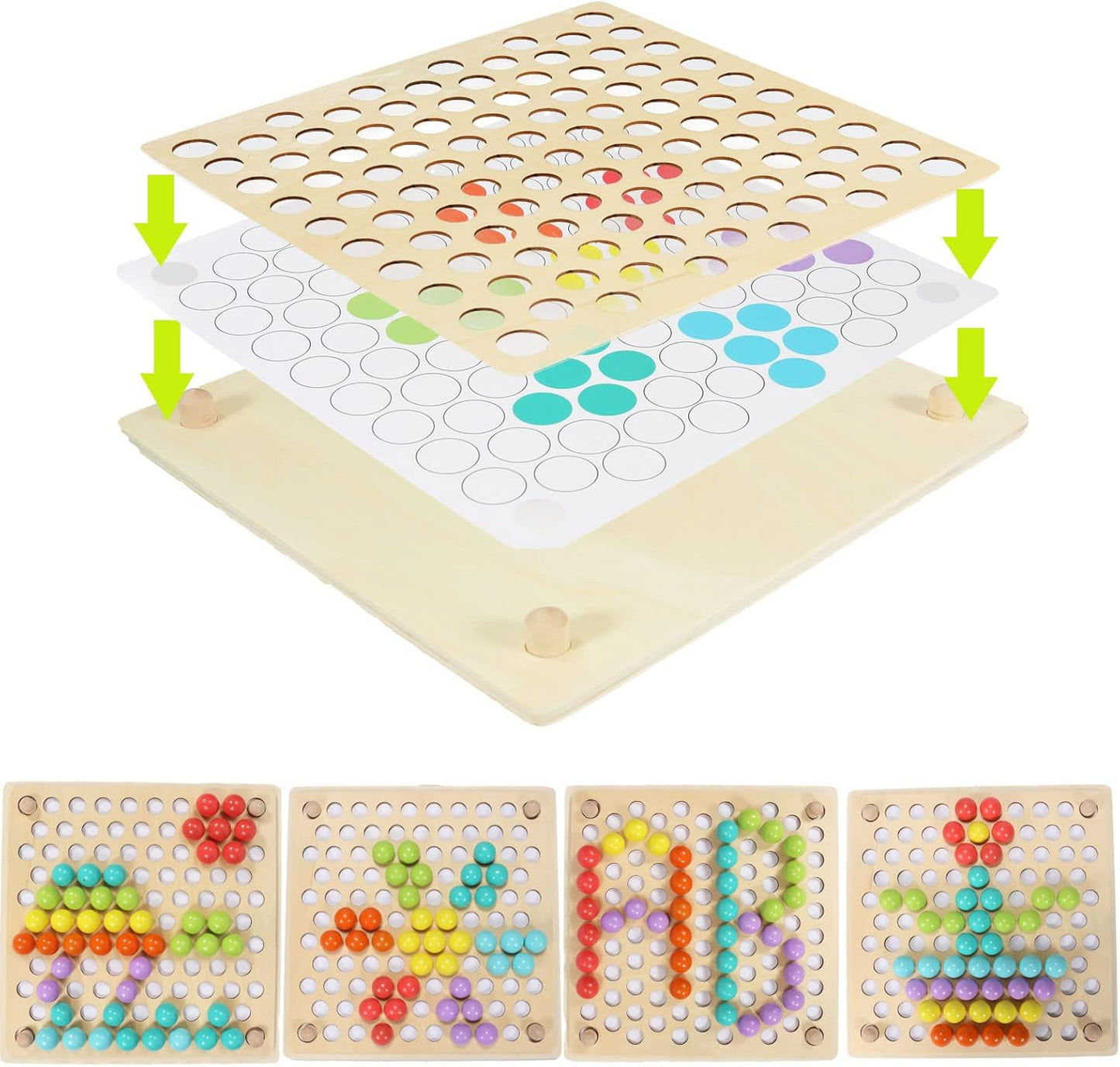
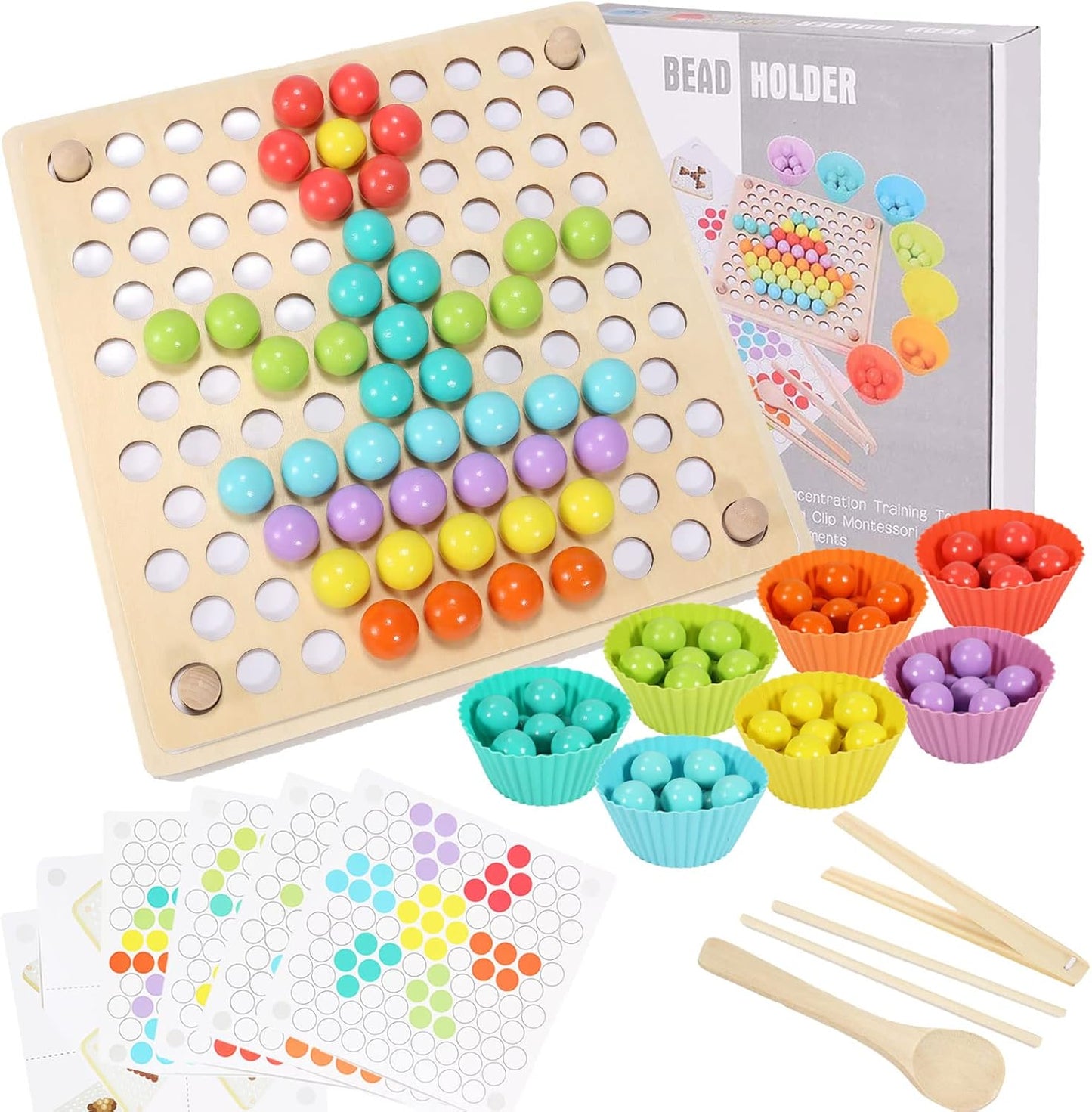
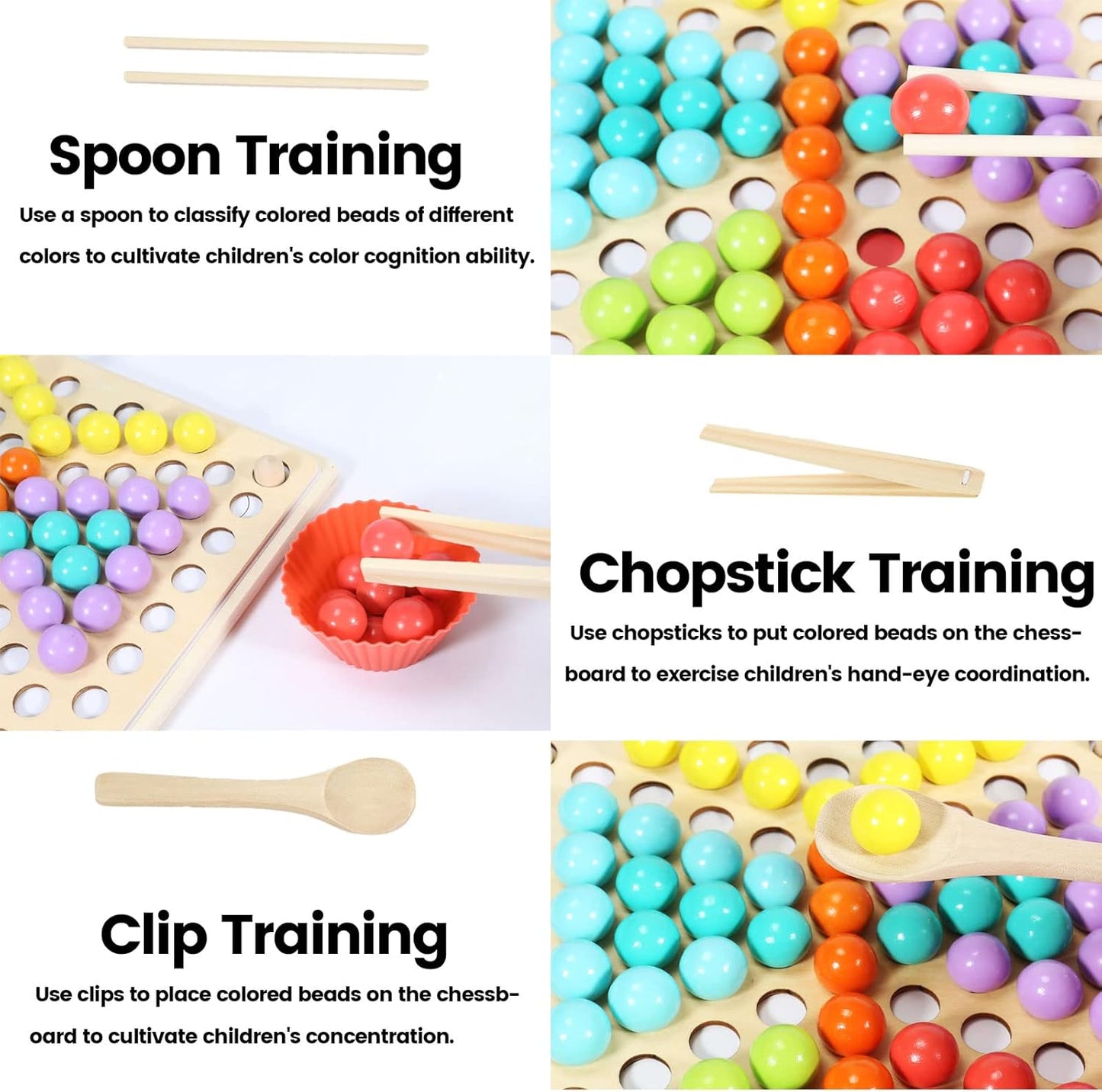
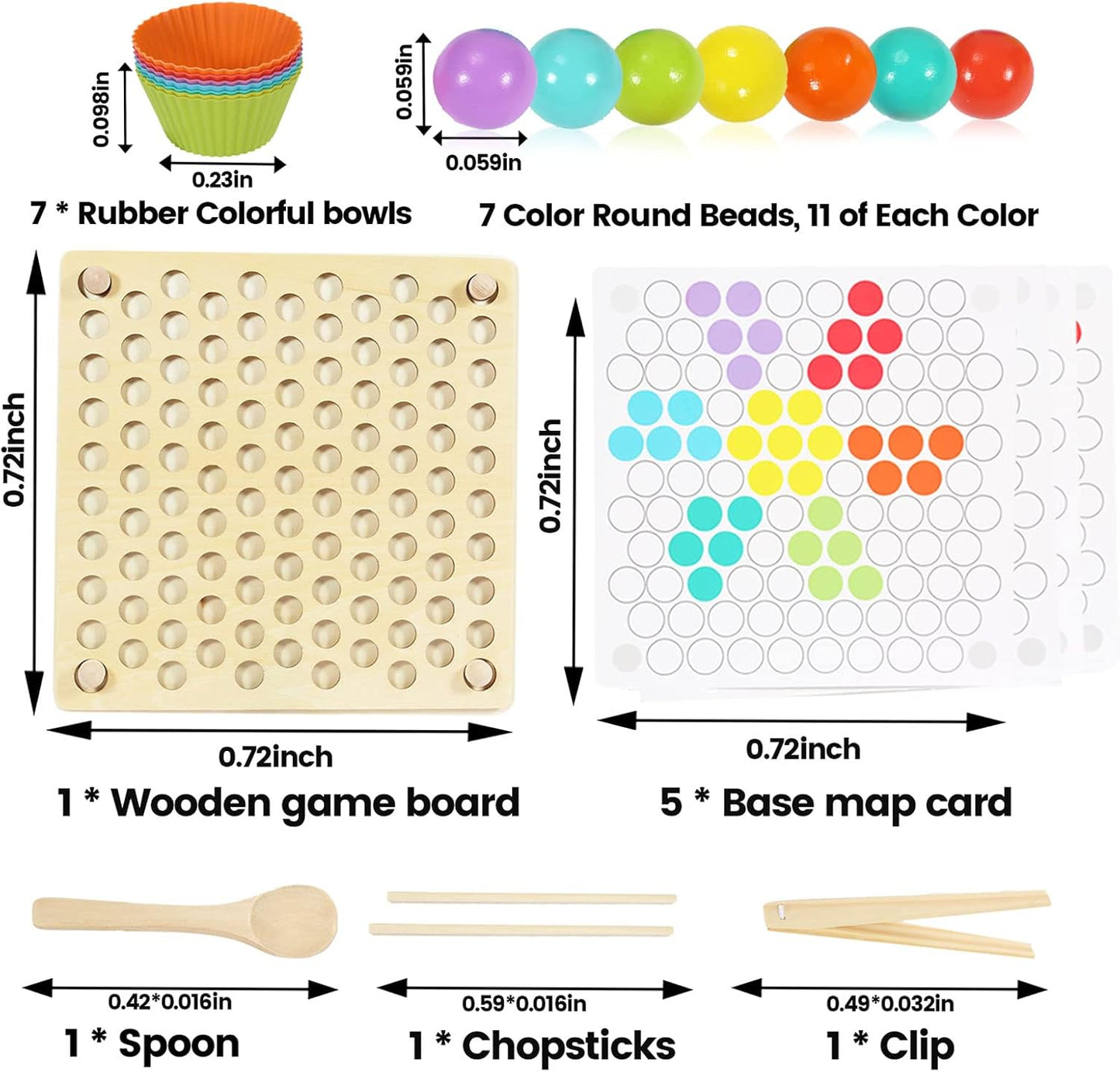
-

Safety Certified
Designed to meet strict safety standards for infants and toddlers, ensuring compliance in size, materials, and manufacturing for complete peace of mind.
-

Carefully Selected Materials
Our commitment to safety and sensory engagement is reflected in our choice of non-toxic paints and materials, designed for a delightful and worry-free experience.
-

Sustainably Sourced
Crafted in a renowned facility dedicated to sustainability, using ethically sourced wood and 100% recyclable packaging.
Nurturing Independent Learning Through Play
Montessori educational toys are designed to engage children in hands-on, self-directed learning, fostering creativity, critical thinking, and problem-solving skills. Rooted in Maria Montessori’s philosophy, these toys emphasize sensory exploration, fine motor development, and cognitive growth.
Montessori toys nurture a child’s natural curiosity and help them develop a love for lifelong learning—one play session at a time! 🎓✨
Frequently Asked Questions
FAQ
Why Montessori Toys?
✅ Encourage Independent Learning
✅ Support Sensory & Motor Development
✅ Boost Creativity & Critical Thinking
✅ Promote Real-Life Skill Acquisition
What are the best Montessori toys for each age group?
🟢 Infants (0-12 months)
- Wooden grasping rattles – Stimulate sensory and motor skills.
- Soft fabric balls – Encourage reaching and rolling.
🟡 Toddlers (1-3 years)
- Object permanence boxes – Teach cause and effect.
- Stacking and nesting cups – Develop hand-eye coordination.
🔵 Preschoolers (3-6 years)
- Sandpaper letters & numbers – Introduce literacy and numeracy.
- Practical life kits (lacing, pouring, scooping) – Improve fine motor control.
🔴 Older Kids (6+ years)
- Geometric puzzles & fraction boards – Enhance math skills.
- STEM-based construction sets – Foster engineering and problem-solving abilities.
What are the key features of Montessori toys?
Natural Materials: Most Montessori toys are made from wood, fabric, and metal, ensuring safety, durability, and an eco-friendly approach.
Self-Correcting Design: Many toys encourage independent problem-solving, allowing children to learn through trial and error.
Minimalist Aesthetic: Simple, uncluttered designs promote focus and engagement.
Real-Life Skills Development: Toys often mimic practical life activities, such as threading, pouring, or sorting, helping children gain essential life skills.










